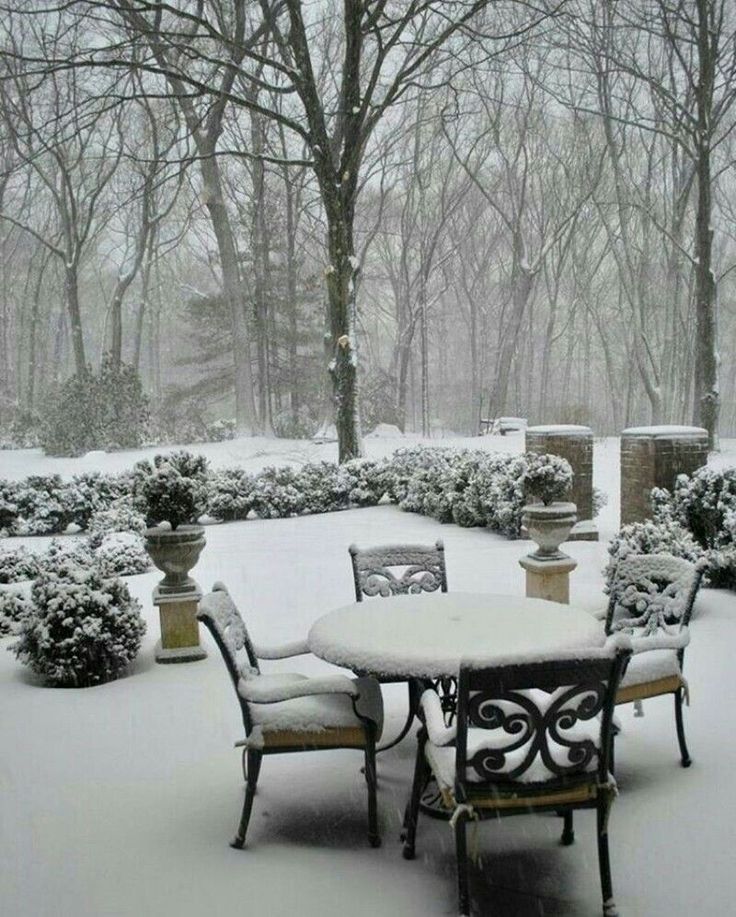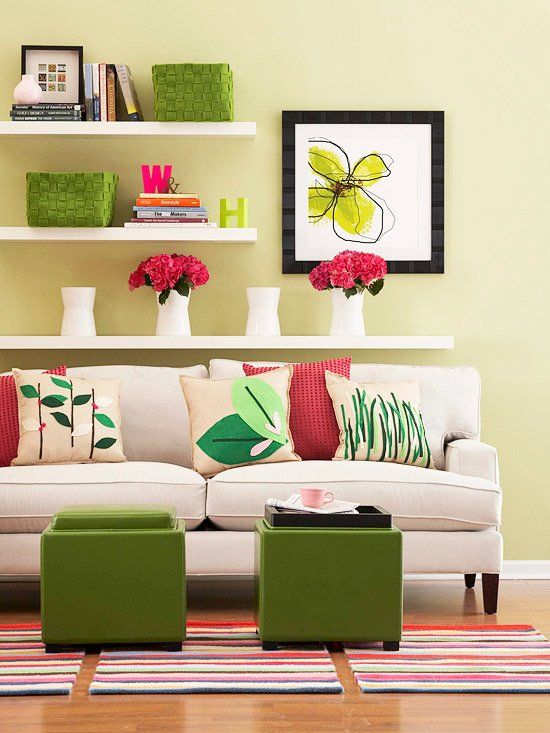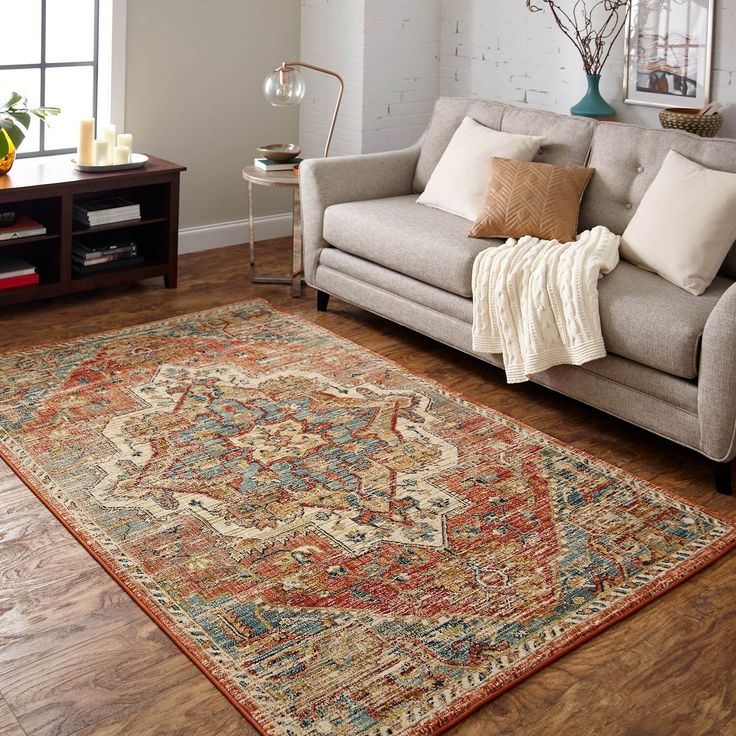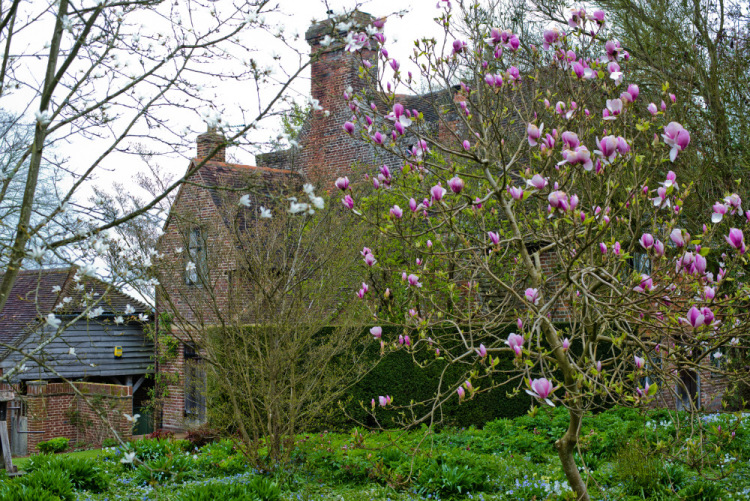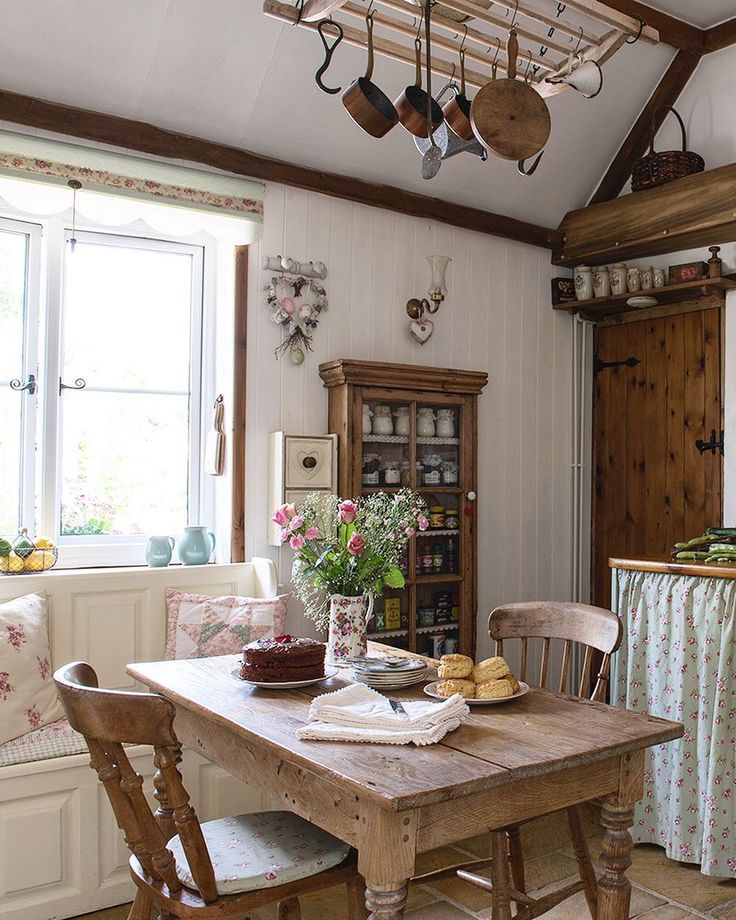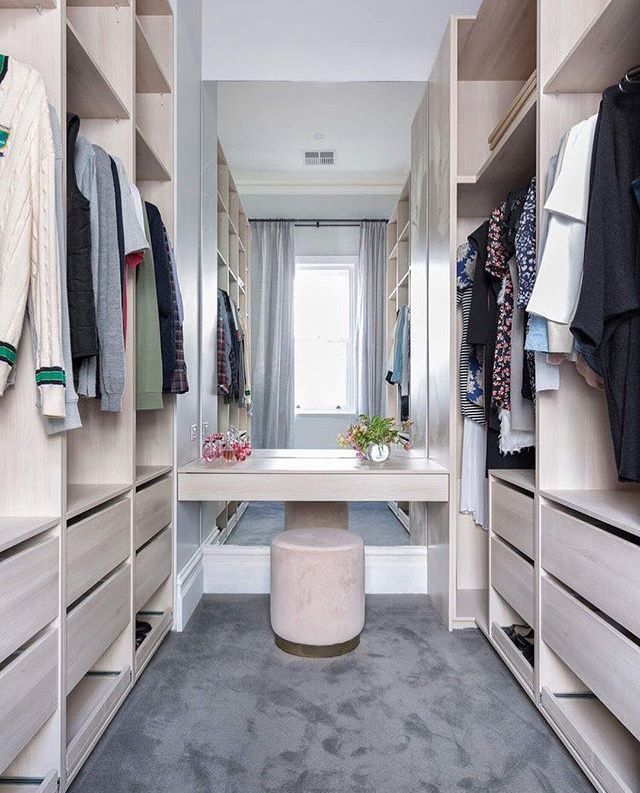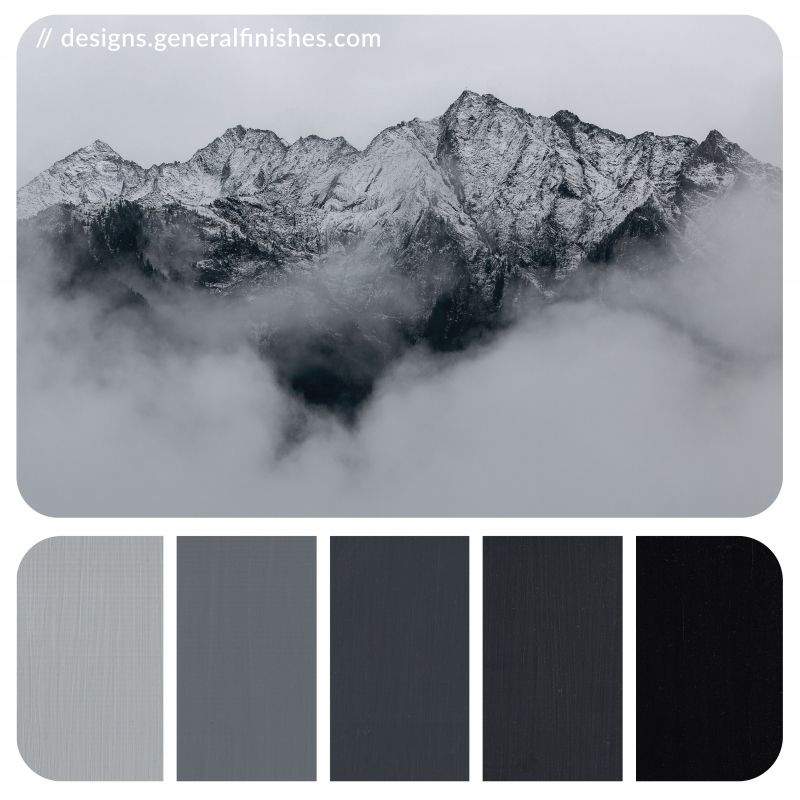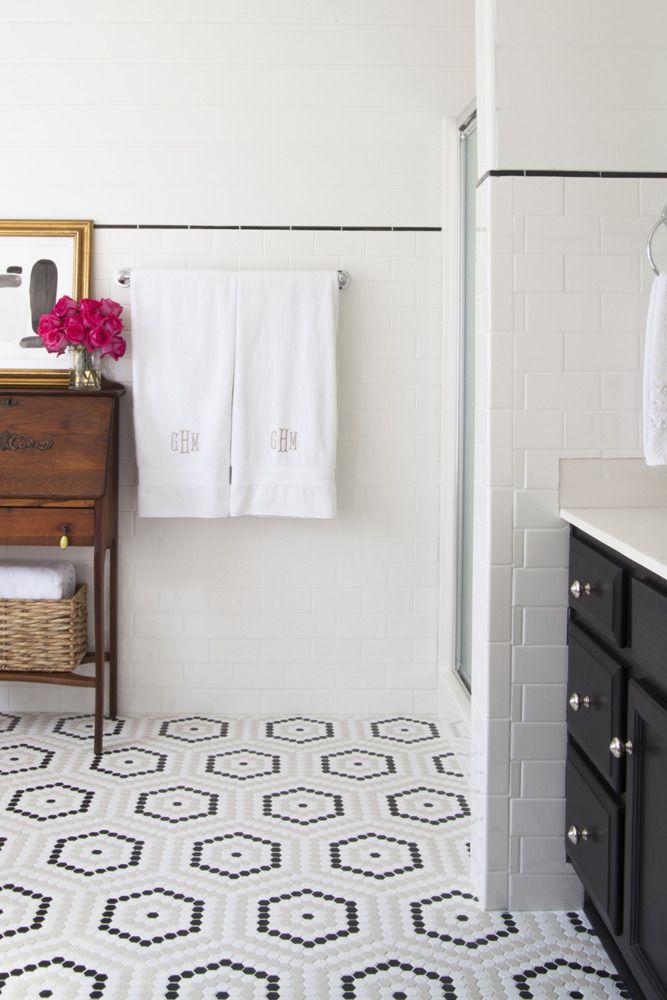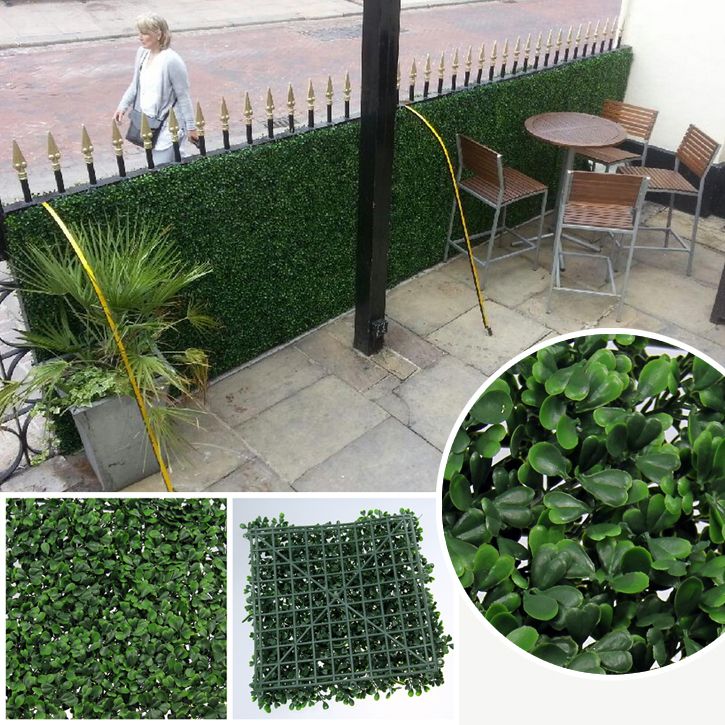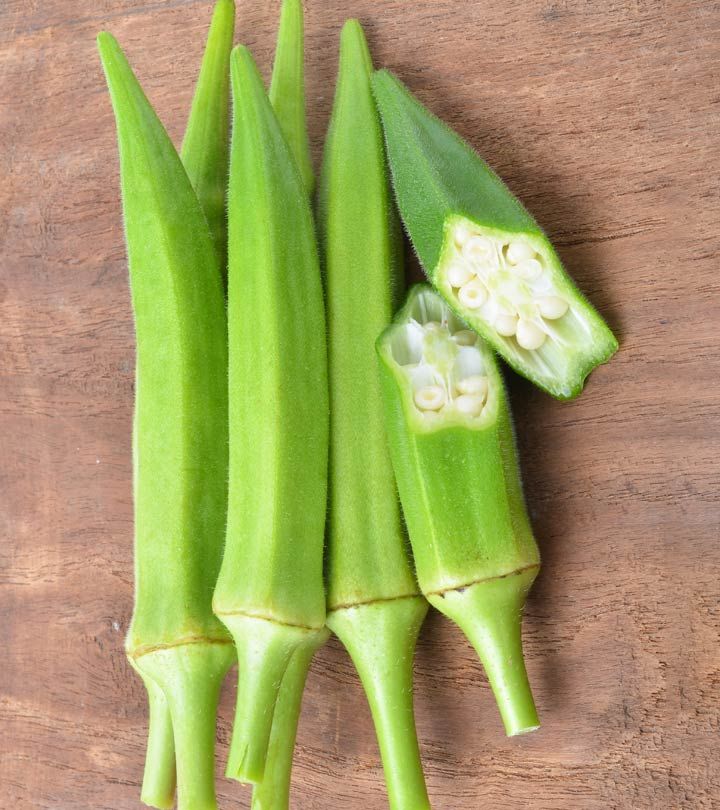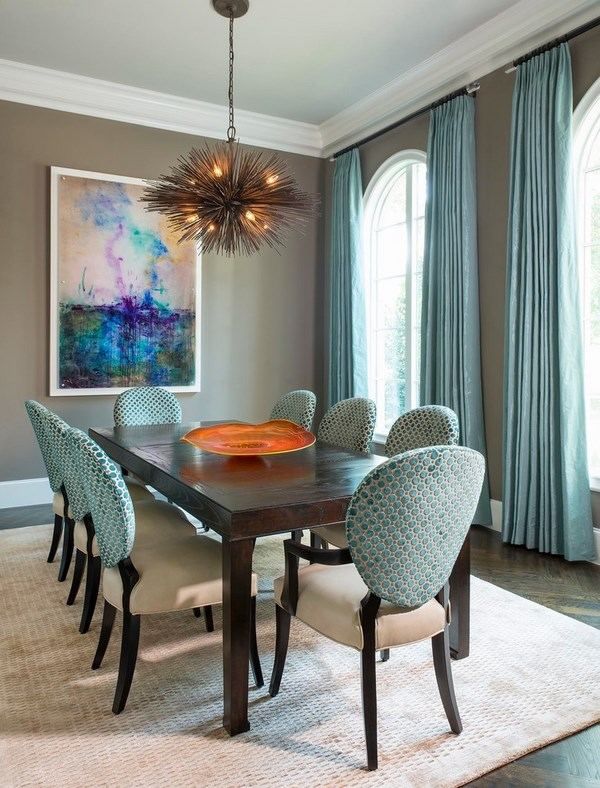Winter wonderland garden ideas
7 Ways to Turn Your Garden into a Winter Wonderland
Make the most out of the snow and turn your garden into your own winter wonderland with these simple tips!
RELATED: 17 DIY Winter Decorations Projects
What You Need For Your GardenGardening tasks may be postponed during winter, but you can still breathe life into your backyard. Even after the holidays, the Christmas spirit still lingers. So if you love seeing enchanted snowy gardens, know that you can also have your own winter wonderland at home.
With or without snowfall, you can turn your garden into a breathtaking winter wonderland with these stylish ideas for outdoor decoration. Are you ready to get to work?
1. Pick a Theme
A theme is essential in creating a beautiful and cohesive garden design. There are numerous options, from nativity scenes and Santa’s village to an enchanted winter garden.
What would you like to see in your landscape? Think about what will work best for your outdoor space before you get to work.
2. Introduce Structure and Pattern
As trees and shrubs drop their leaves, and grass and flowers bite the dust, the framework of your landscape is revealed. For a winter garden to work, you need an effective year-round structure.
Pay attention to the symmetry, lines, and curves of your landscape.
Hedging and trimming can help you provide your garden with pattern, structure, and privacy. Outline paths and garden beds with fresh evergreens.
You can further strengthen the borders with trees with patterned bark, winter flowering shrubs, and gorgeous dogwood.
3. Select a Color Scheme
If you don’t want your home’s exterior to be a mad jamboree of colors, choose a color scheme that suits the theme. During the cold months, gray, black, and white are common dominant shades.
Muted colors like silver, blue, bronze, and gold stand out well against the monochromatic winter palette. But what you go with ultimately depends on the outcome you are looking for.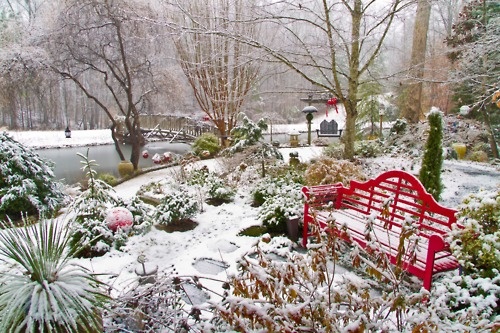
If you want a more conventional design, stick with the all-time Christmas classics – red and green. Add a tinge of silver and gold for added style.
RELATED: 12 Cutest DIY Fairy Garden Ideas and Kits
4. Create a Focal Point
Every good design has a focal point. Whether you are decorating an interior or a landscape, you need an eye-catching element. Back in December, Christmas decorations were a hit!
Post-holidays, you may want to go for an ornamental garden structure or an attractive set of plants.
One of the best parts about fall and winter? Crafts on crafts ???? https://t.co/t98LDKON6n pic.twitter.com/aq0Zo7BoT8
— DIY Projects (@DIYProjectsCom) November 11, 2016
5. Plant Winter Flowers
Many people falsely assume that it is impossible to grow and plant flowers in winter. That is not true. Your options extend beyond the popular evergreens.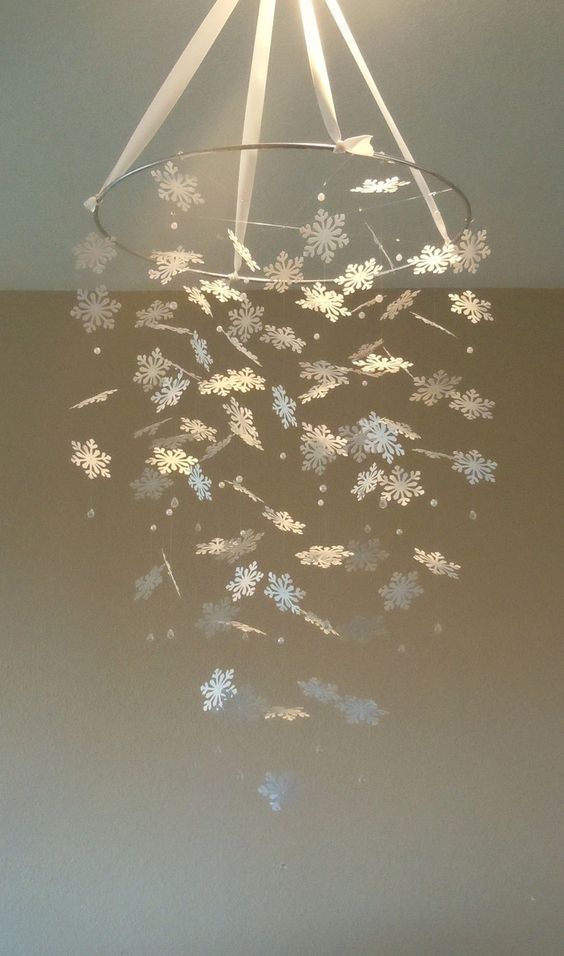 Even during the cold months, you can enjoy the beauty of winter-flowering greenery.
Even during the cold months, you can enjoy the beauty of winter-flowering greenery.
There is something magical about the flowers opening up in the snow. Tired of looking at leafless trees?
Here is a list of some of the sturdiest plants that can survive unfavorable winter conditions:
- Flowering Quince – This is a virtually indestructible plant that tolerates different extreme climates.
- Snowfall – While the rest of your garden is dormant, these lovely flowers will pop out of the snow.
- Boxwood – The greenery is perfect to add texture and structure to your winter garden.
- Winterberry – Winterberry will give your garden a splash of dazzling red color.
- Witch hazel – Fragrant during the summer and fresh in the winter, witch hazel is something you need in your garden. It’s great for the skin too!
6. Consider Artificial Snow
To create a true winter wonderland, you simply cannot go without snow. Even if the chances for snow in your area are low, you shouldn’t be deterred from designing a magical white garden.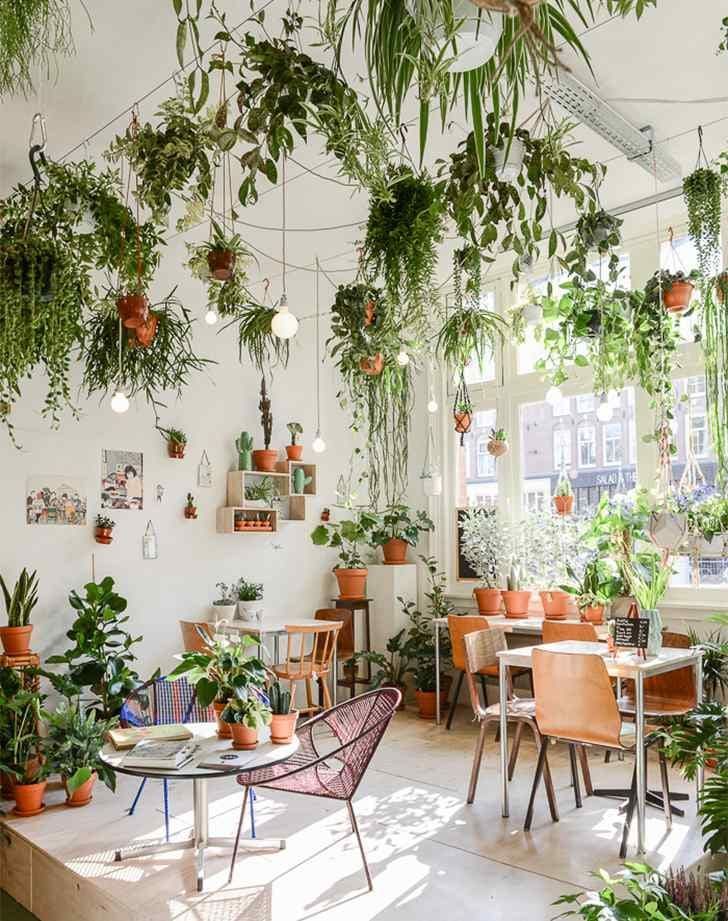 You can make stunning artificial snow with a little bit of imagination.
You can make stunning artificial snow with a little bit of imagination.
Cover the base and branches of your trees with the glittering fake snow. Add soft glowing golden Christmas lights to create a whimsical outdoor look.
7. Complete the Look
I know it can be a lot of work, but if you really want to achieve the winter wonderland look, your outdoor decor should complement each other. On that note, decorate any area that you think will have an impact on your gardens like your porch or front door.
You can also add a wooden bench in the backyard and decorate it with lanterns for a cozy feel.
What about an indoor winter wonderland garden? YouTuber Idunn Goddess shares a tutorial on how to make a miniature winter zen garden that serves as desk decor and stress reliever!
Celebrate the season’s magic by transforming your garden into a winter wonderland.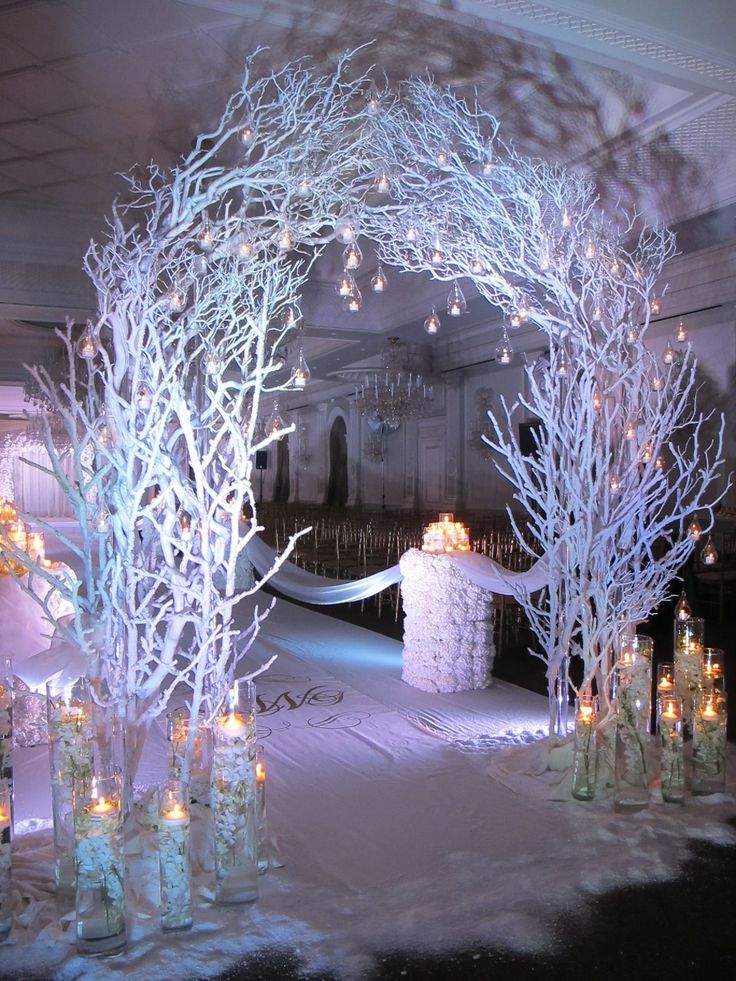 It can be a lot of work but once you see your flowers blooming and the snow resting on the tree branches, you’ll be overwhelmed seeing how beautiful your winter garden has grown. But most importantly, have fun while doing it!
It can be a lot of work but once you see your flowers blooming and the snow resting on the tree branches, you’ll be overwhelmed seeing how beautiful your winter garden has grown. But most importantly, have fun while doing it!
Have you started your own winter garden? Feel free to share your own tips and insights in the comments below!
Up Next:
- 20+ Incredible DIY Garden Projects To Choose From
- Upgrade Your Winter Home Decor with These DIY Projects
- 50 DIY Accessories You Can Do In the Comfort of Your Couch This Winter
Calling all crafting DIYhards, DIY Projects needs YOU! Click here if you want to write for us.
Don’t forget to stay connected with us on Facebook, Twitter, Pinterest, and Instagram!
Editor’s Note: This post was originally published on January 26, 2017, updated for quality and relevancy.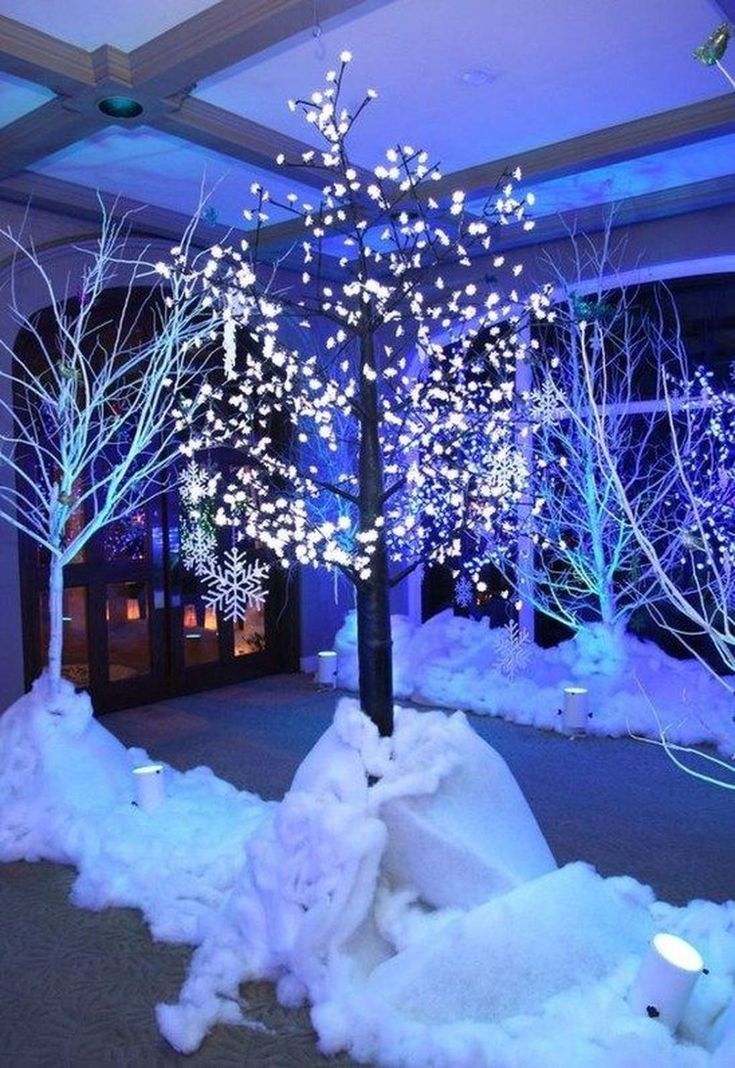
Guest post by Ella Andrews on behalf of gardenerskennington.org.uk.
How To Create The Perfect Winter Garden Wonderland This Christmas
The festive season may be here but don't neglect your outside space. While you're busy beautifying your home and getting your tree ready, you can also create a magical space in your garden.
In fact, all it takes is a little planning and activity. Here, garden specialists Oeco Garden Rooms give their tips on creating the perfect winter garden wonderland.
1. Garden Layout
Having the right garden layout from the get go is the most important thing, not only for the summer months when the flowers are in bloom but also the winter as the plants start to die off; this is where you will see the bare bones of the garden and if it is not laid out properly it can look gloomy and untidy.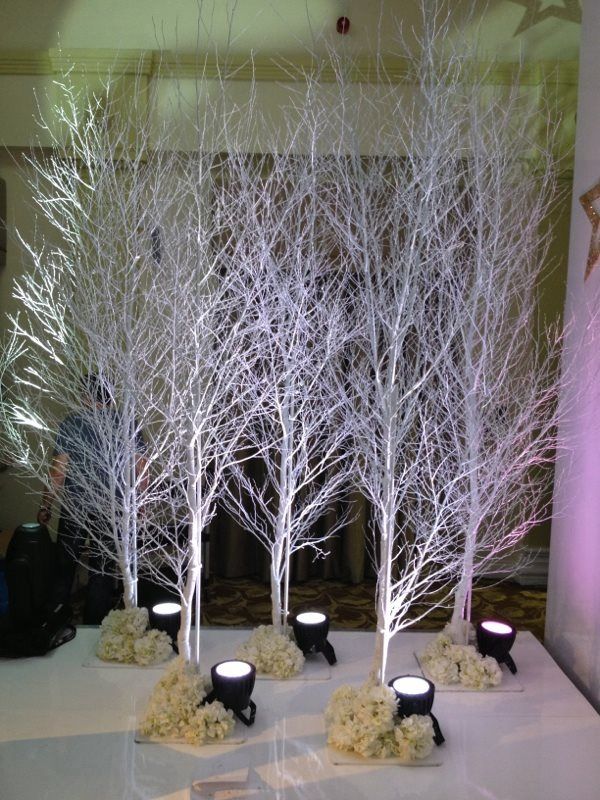
Wall gardens, hedges and raised flower beds are all great ways of adding structure to the garden, providing designated areas for different activities and can be repurposed for different times of the year.
Oeco Garden Rooms
2. Add seasonal colours to your garden
Adding seasonal colours such as red and white will make the garden more inviting and flowers such as Hellebores are a great choice. These flowers, sometimes known as the Christmas rose are pastel pink and white in colour and produce big leaves that fill the space in the garden. They flower for a long time as well, generally lasting between late winter and early spring.
Another white flower to consider is Clematis Jingle Bells; these flowers have a bold white colour and typically flower from December to January. Clematis Jingle Bells will need some pruning to keep the size down as they can grow up to five metres high.
Fir trees are the quintessential winter wonderland accessory especially when it snows; they are evergreen and require very little maintenance, but be sure to choose a small species of fir tree as some can grow up to 80 feet tall.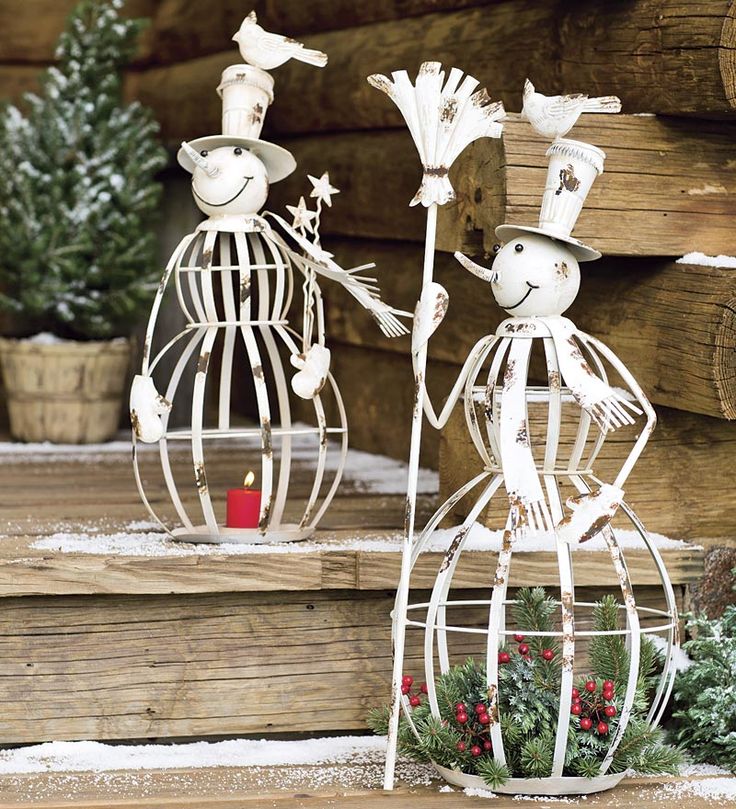
For a festive touch in your garden, why not opt for a holly tree. Make sure that you get a male bush are these are the ones that produce those signature red berries. For those who do not have the space for a Holly tree, Cotoneaster horizontalis or Pyracantha are a great choice for adding a pop of colour to the garden.
Madeline Dudley-Yates / EyeEmGetty Images
3. The winter scent
While the inside of the house smells of cinnamon, spices and oranges to evoke the festive spirit, the garden is largely forgotten, but there are various ways of creating the sweet smell of winter in the garden with scented flowers.
Planting Witch Hazel is a great choice to add a wintery scent to the garden; its large yellow flowers release a delicious scent of liquorice into the air. Winter honeysuckle is also a good choice, producing a lemony-fresh scent.
For those who want an evergreen shrub that has little maintenance then Sarcococca is the perfect fit.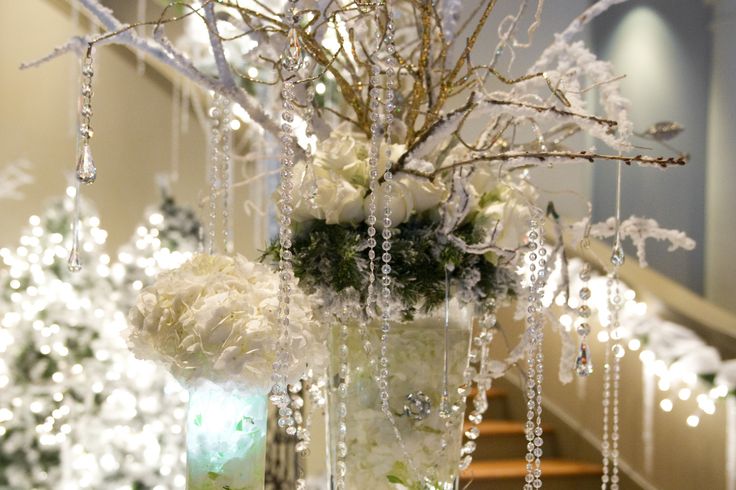 Commonly known as the Christmas Box or Sweet Box, Sarcococca produces small white flowers with a lush, leathery foliage and best of all it exudes a fragrant honey scent during the winter.
Commonly known as the Christmas Box or Sweet Box, Sarcococca produces small white flowers with a lush, leathery foliage and best of all it exudes a fragrant honey scent during the winter.
4. Decorate your wonderland
Your winter garden wonderland wouldn't be complete without some decoration. Fairy lights and lanterns are a great way of creating light in an outdoor space and can be hung on trees, draped over bushes or hung from outdoor structures like sheds, garden rooms and decking.
For those on a budget, there are plenty of things to do that won't cost a lot of money including tying festive ribbons to tree branches, hanging wreaths around the garden and decorating trees with baubles and tinsel.
Brian Fitzgerald / EyeEmGetty Images
5. Build a Fire Pit
Many people give the garden a miss during the winter months because of the cold, but adding a heat source is easy and cheap and provides an outdoor space that can be used all year round.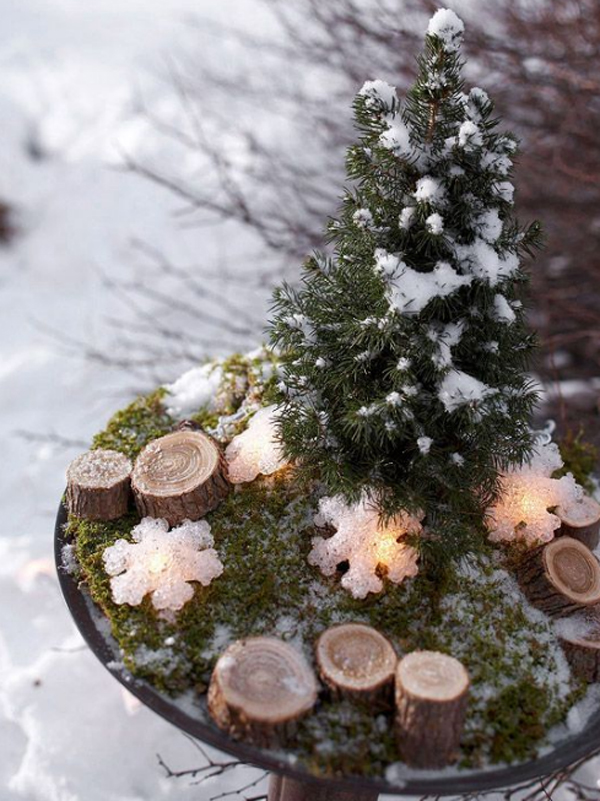 Patio heaters and chimera's are a great way of adding heat to the garden, and building your own fire pit is a cheap way for the whole family to gather around and enjoy.
Patio heaters and chimera's are a great way of adding heat to the garden, and building your own fire pit is a cheap way for the whole family to gather around and enjoy.
Burge Darwin / EyeEmGetty Images
6. Attract Robins to your garden
If there is one bird that evokes a winter wonderland, then it's a robin redbreast. These majestic birds are strongly associated with Christmas, taking a starring role in many festive cards since the mid-19th century.
Robins will often come when other birds are around, so make sure that you put plenty of food out for all the birds. Black sunflower seeds and seed balls are great for attracting various species of birds, but be sure to avoid dried lentils as only certain birds can eat them. Robins are also fond of crushed nuts so placing some on a bird table is sure to get them knocking.
Oeco Garden Rooms
Get inspiration, ideas and advice wherever you are! Follow us on Facebook: House Beautiful UK | Pinterest: House Beautiful UK | Twitter: @HB | Instagram: @housebeautifuluk
Olivia Heath Executive Digital Editor, House Beautiful UK Olivia Heath is the Executive Digital Editor at House Beautiful UK where she's busy uncovering tomorrow's biggest home trends, all whilst delivering stylish room inspiration, small space solutions, easy garden ideas and house tours of the hottest properties on the market.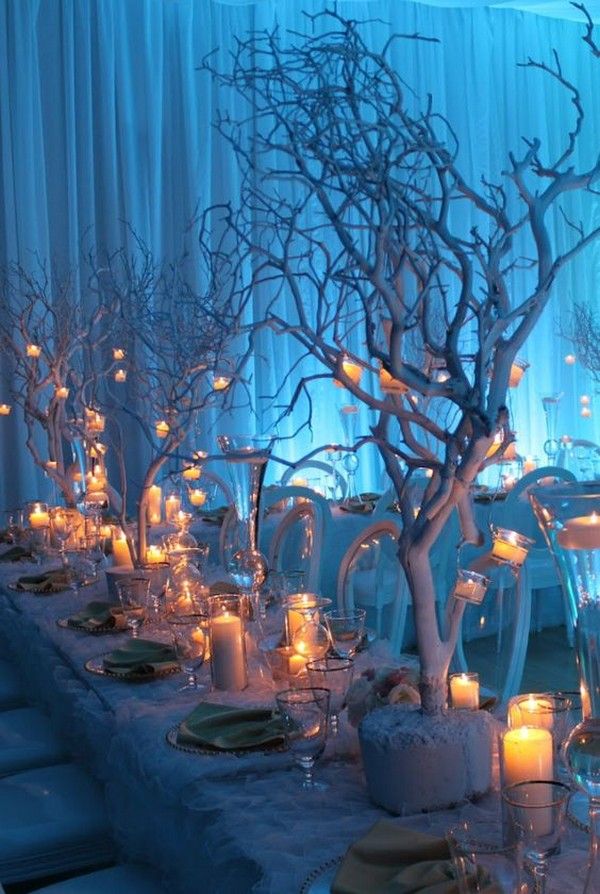
Do-it-yourself winter garden - 90 photos of the best ideas and tips for choosing a style and application in landscape design
The difference between a winter garden
Sometimes a winter garden is compared to a greenhouse or conservatories. In all cases, the premises must be adapted for growing plants, regardless of the time of year.
But that's where the similarities end. The winter garden is, first of all, a lovely toy, it is not intended for growing vegetables or strawberries.
It is good to relax here on weekends or in the evenings, sitting in a comfortable armchair, surrounded by ornamental plants and potted flowers.
It is a pleasure to meet guests here.
Recommended reading:
Here you can enjoy life in peace and comfort.
Therefore, the parameters of the winter garden in terms of temperature and humidity should be comfortable for not only plants, but also people to be in it.
Usually, an attached garden is combined with a dining room or kitchen or turned into an unusual living room.
Variants of winter gardens make it possible to choose the best for each house and make this room a pleasant place for relaxation for the whole family.
Greenhouse
At its core, a greenhouse is a non-residential type of garden. This building creates ideal conditions for growing various types of plants.
In the greenhouse, it is possible to grow unusual types of flowers by maintaining a certain level of microclimate. At the same time, the greenhouse can hardly be called a place for a good rest.
Placement of the winter garden
The attached garden is best placed on the east side. Here it will not overheat in the summer, in winter it will have time to receive the sun's rays in the morning. In addition, on a summer day, the plants will not be under direct sunlight for a long time.
The west side will retain the heat received from the sun for a long time.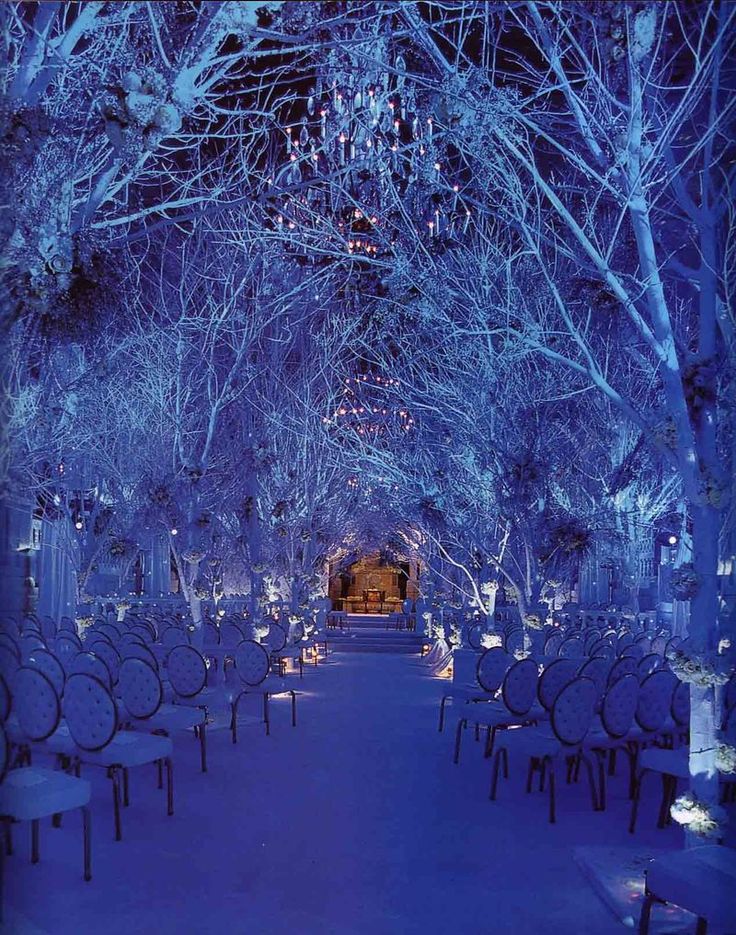 However, since the sun sets early in winter, the effect will be extremely weak. And in the long summer days it will not be needed at all.
However, since the sun sets early in winter, the effect will be extremely weak. And in the long summer days it will not be needed at all.
Recommended reading:
The south side will be a good solution in winter, but in summer you will have to protect your green friends from the scorching sun. During this period, it will be necessary to increase watering and provide for an additional ventilation system.
North side is the most unpopular solution. The room does not receive natural heat and sunlight, so it will have to be intensively heated and illuminated.
In a private house on the veranda
The veranda plays the role of a kind of "waiting room". It is usually "cold", that is, it is not heated and is used only in summer for relaxation or evening gatherings. On it you can equip a buffer winter garden, that is, decorate it with plants only in the warm season. Alternatively, the veranda is insulated and connected to the central heating of the house.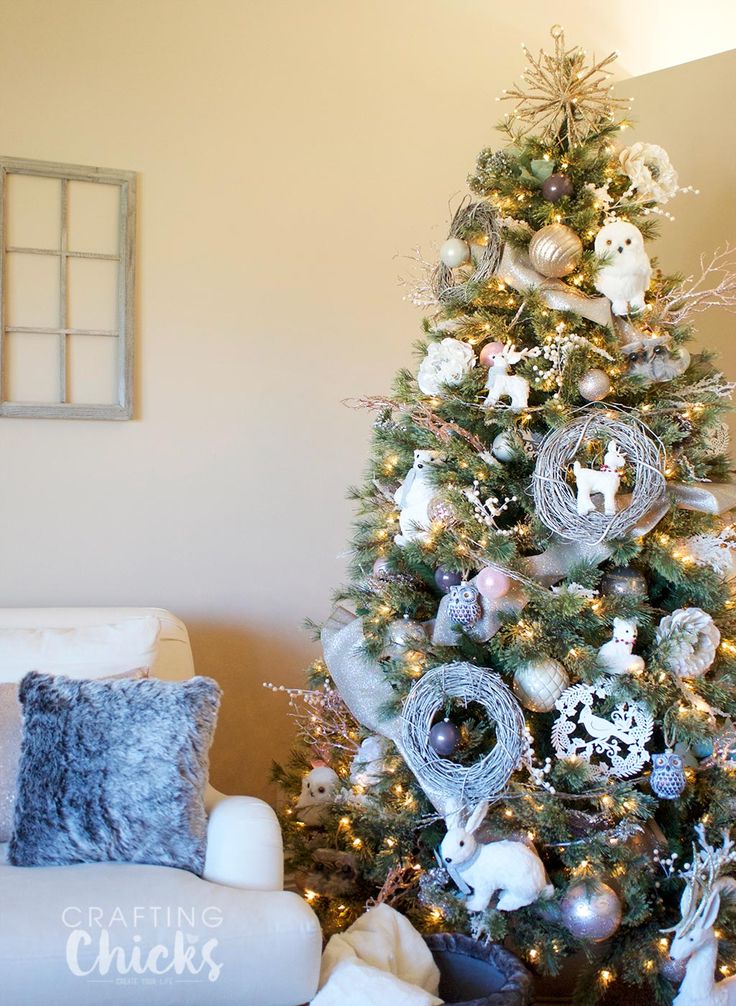 Now the garden will bloom and smell all year round. The walls of the veranda are traditionally 50% glazed, which is suitable for plants that need sunlight, which means that serious repairs will not have to be started.
Now the garden will bloom and smell all year round. The walls of the veranda are traditionally 50% glazed, which is suitable for plants that need sunlight, which means that serious repairs will not have to be started.
Materials for creating a winter garden
Before you start building a palace for ornamental plants, you should understand what will make the winter garden best.
The main purpose of this room is to create a comfortable temperature and the illusion of being outdoors.
Therefore, when choosing a material, attention should be paid to materials that can effectively retain heat and provide transparency, which are strong, durable and able to resist corrosion and decay.
What else?
- Do not forget to find out in advance what kind of soil the selected plants will need, what fertilizers will need to be bought, how much money will be spent on providing all engineering systems.
- Also remember to think about the location of the outlets.
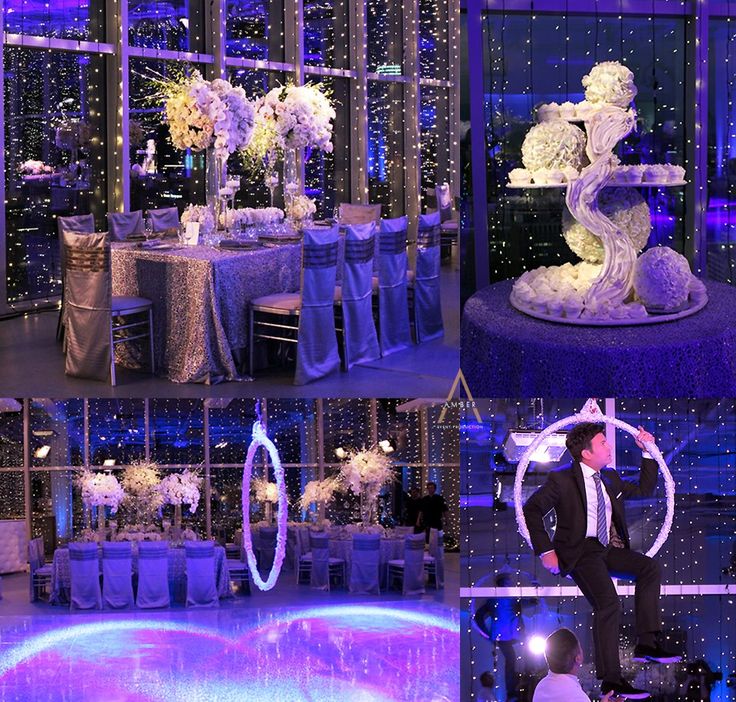
- When choosing furniture for a recreation area, give preference to products made from natural materials: wood, rattan, wicker.
- Investigate whether the selected plants can be adjacent to each other. Also decide in advance how you will plant all varieties.
Winter garden glazing
The design of the winter garden involves the use of such materials as glass, polycarbonate, plexiglass, PVC double-glazed windows.
Glass is a good material for creating a tropical zone in the house. It resists snow, hail and rain well, is easy to care for and transmits a large amount of light.
We recommend reading:
The disadvantages include a rather high cost and fast heat transfer.
Polycarbonate will be an excellent replacement for glass in terms of cost savings during construction, however, it will require additional investments in space heating, as it transmits heat perfectly. The advantages include the lightness of the material, its flexibility and transparency.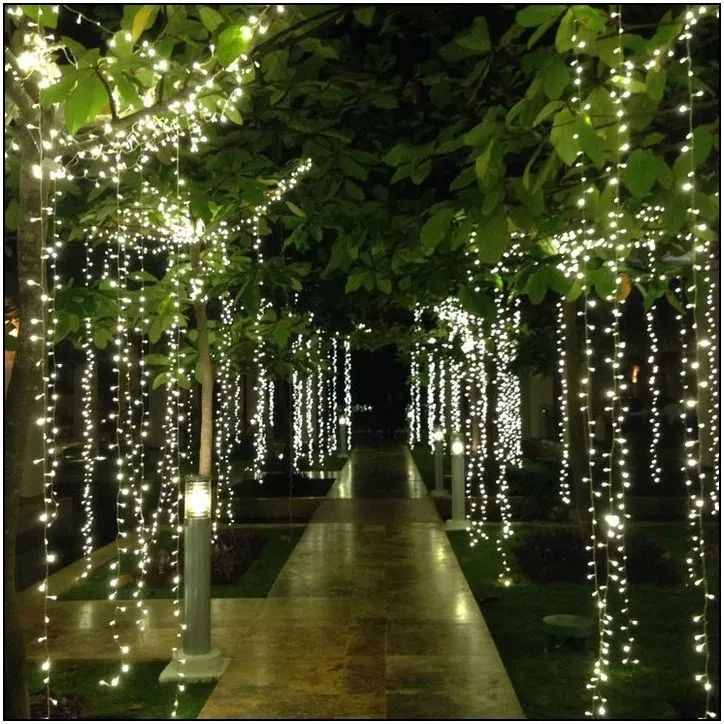
Plexiglas is very easy to install, transparent, it retains heat well inside the room. But the material is heavy, so it will need to strengthen the foundation.
The second disadvantage will be the soiled glass. The slightest scratch leads to clouding and loss of appearance.
PVC double-glazed windows - the material is very expensive, but subsequent use will make it possible to recoup the construction costs by saving on space heating.
Double-glazed windows perfectly retain heat, even when the heating is turned off for several days. They transmit light well and are easy to care for.
A garden made of this material will probably be the most practical of all types, only the foundation will again need to be strengthened.
The catalog of ready-made gardens will show all types of this space.
Design features
The winter garden is sometimes located separately from the house, but most often it is one with it; in the latter case, the premises make significant adjustments to the design and construction of the house.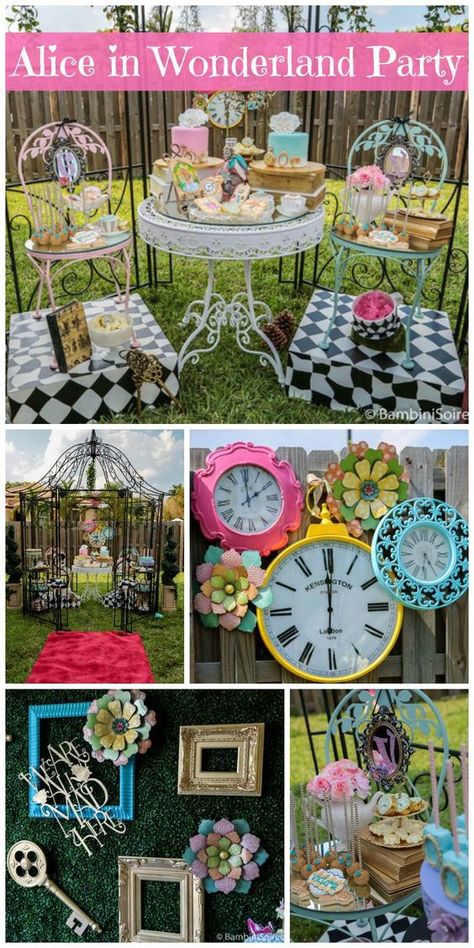 It is convenient to divide buildings into the following groups:
It is convenient to divide buildings into the following groups:
Buffer room (extension)
The buffer winter garden is organized as a building adjacent to the house, most often rectangular or corner, although there are other options - square, triangular, semi-oval. Such a room serves as a link between housing and the street; this is the most common arrangement.
You can also enter it from two sides and use it not only as a recreation area, but also as an entrance hall that helps keep the heat in the house.
A specially erected building, glazed porch or terrace can act as a buffer winter garden, if it is insulated and connected to home utility systems.
Winter gardens attached to the house can be set up relatively easily and quickly, since there is a ready-made wall, and it is not difficult to supply water and electricity from the dwelling, to arrange heating.
Due to its relatively small dimensions, it is not difficult to maintain such a recreation area.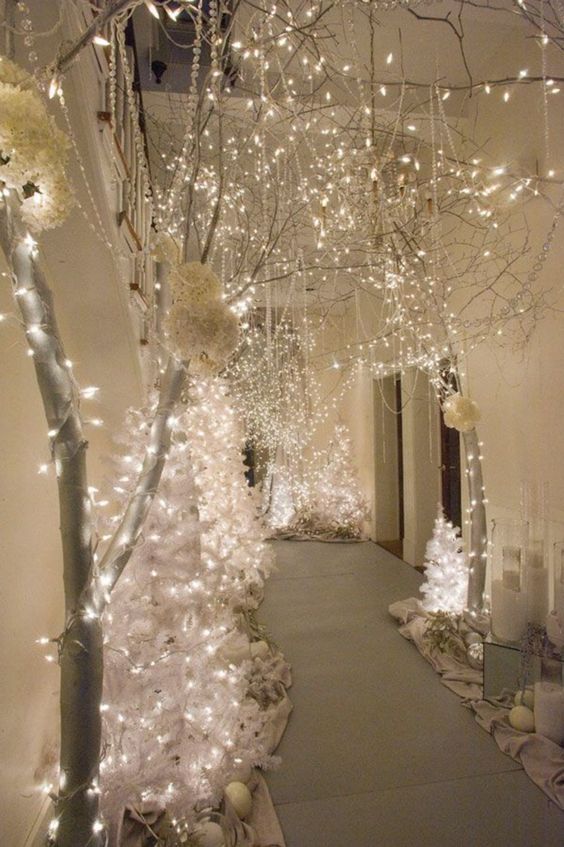 The disadvantages are insufficient lighting and poor ventilation; temperature fluctuations will prevent some plants from growing.
The disadvantages are insufficient lighting and poor ventilation; temperature fluctuations will prevent some plants from growing.
Part of a residential building
Placement of winter fat in a house can take place in two ways:
- Thinking at the design stage (the best option). Such forethought makes it possible to equip a room with large windows and a translucent roof at minimal cost; it will be comfortable for both the owners and the plants.
- Placed in a finished living space. Even if a corner or spacious outer room is allocated for it, adjustments may be required (increase in window openings).
Separate building
This option is practical for large areas; modern technology will allow you to realize your imagination. An elegant transparent building will ennoble the landscape and fit perfectly into any style decision; a round winter garden will look especially good.
A sunny place is chosen for construction, the building is reliably insulated, light and water are conducted.
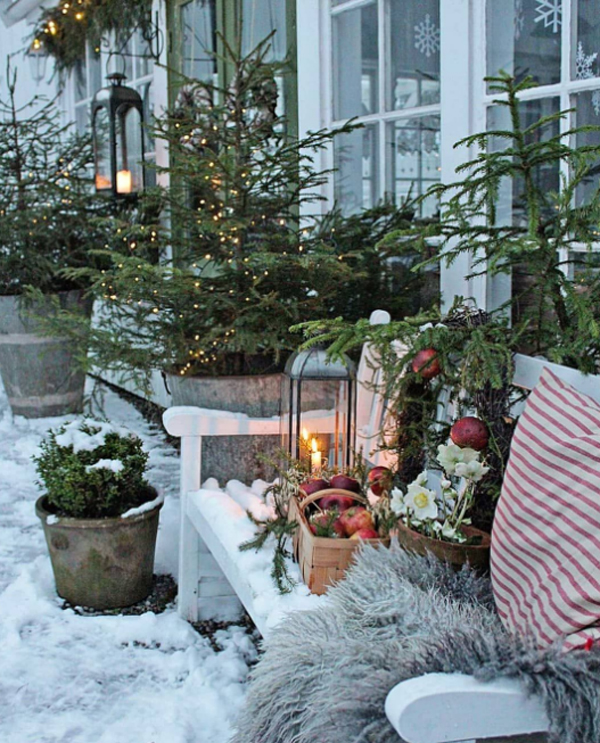
To create a comfortable habitat for plants poorly adapted to the local climate, the room is additionally equipped with special fitolamps. The disadvantage of this design is the cost of its arrangement. The budget will include the supply of communications, the arrangement of the foundation, and in the future - the cost of heating, watering and lighting.
It is convenient to connect the house and the winter garden with a path, the arrangement of which will also require investments.
Winter garden heating
Whatever the glazing, its ability to save heat is enough only for the spring-summer-autumn period.
Late autumn, winter, early spring heating will still have to be used.
Variants of winter gardens involve the use of several types of heating - electric heaters, air conditioners, water, stove, air or electric heating.
Electric heaters are easy to carry, easy to use, easy to add or subtract power.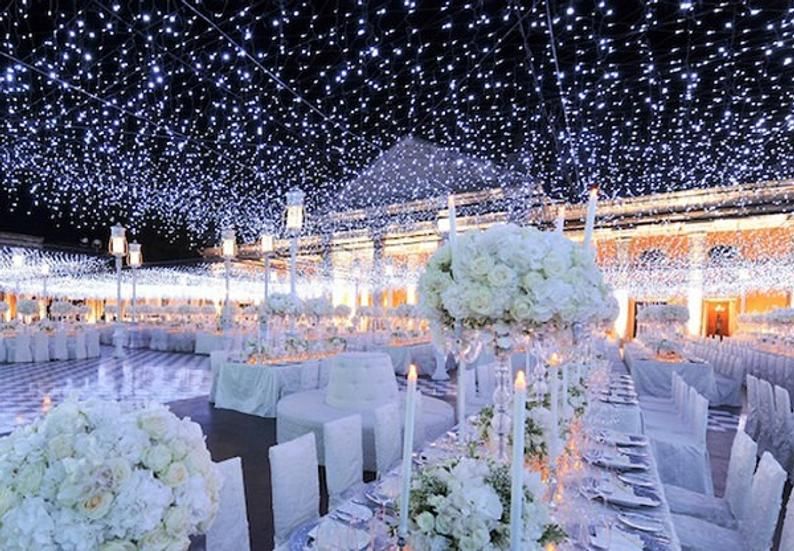
But the cost of energy consumed will make you think about replacing them. The use of such devices dry the air, so the cost of watering will also have to be increased.
Split systems do not dry out the air and make it easy to set the required temperature. But the equipment is very expensive, and electricity bills will not please their owner.
Hot water heating can be connected to the general house system. It does not require additional heating costs, it will maintain a constant temperature.
The only negative may be the call of the master to cut additional pipes into the system and install decorative screens (if necessary).
Stove heating allows the use of relatively cheap wood or coal, looks good as an interior detail. The disadvantages will be uneven heating and a high fire hazard.
Air heating provides for the supply of warm air from an adjacent room through air ducts or through vents inside adjacent rooms. However, this equipment is not particularly aesthetically pleasing, takes up a lot of space, and dries out the air.
However, this equipment is not particularly aesthetically pleasing, takes up a lot of space, and dries out the air.
Electric heating or underfloor heating will be a good help in heating the winter garden. It effectively distributes heat indoors, and laid along the roof prevents it from icing.
But the system is quite expensive to install and use and very problematic to repair.
Choosing a ventilation system
Plants need fresh air to keep them healthy. It is necessary to provide a way for air from the street to enter the garden, as well as for air to be removed from the garden. There are only two options:
- natural ventilation is equipped with vents and transoms for fresh air. The exhaust air exits through special openings or valves at the top. The air flow can be adjusted by opening and closing the vents.
Minimum investment and minimum noise, but normal ventilation is ensured only if there is a temperature difference between outside and inside.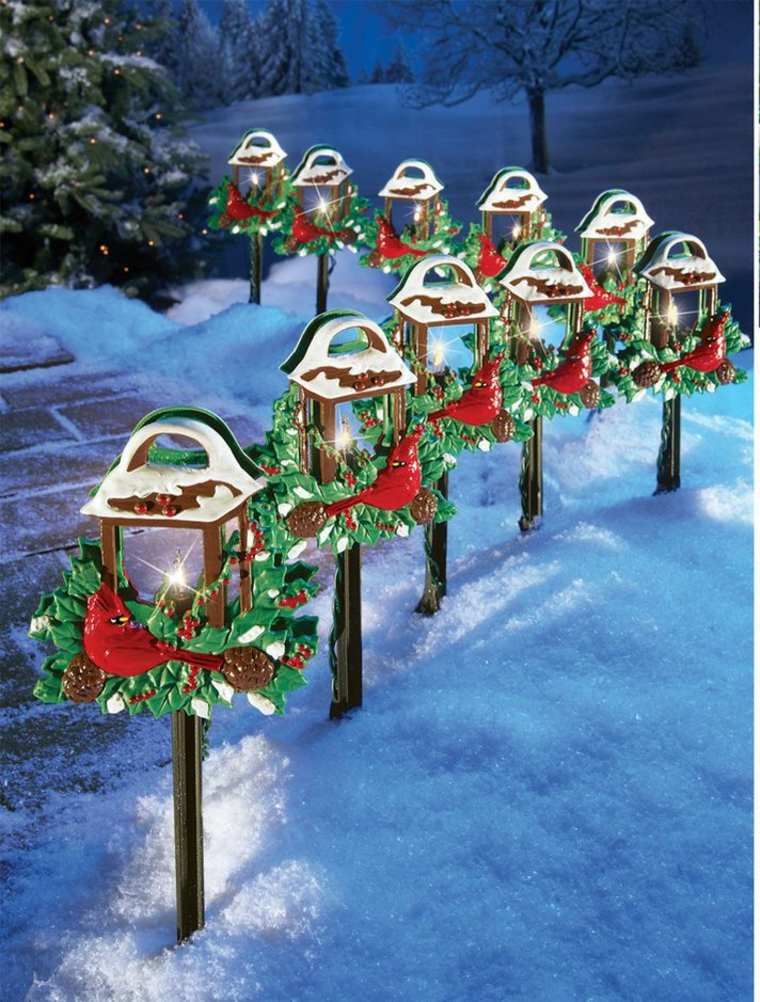
To ensure that the leaves do not damage the plants and do not shade them, it is better to provide a sliding mechanism for opening them. Also, do not forget about mosquito nets;
32
- mechanical ventilation will work even in the absence of wind and the required temperature difference. It differs from the natural one in that the outflow of air is carried out with the help of fans.
Sometimes even more complex systems are used, where the inflow and outflow is forced.
The microclimate will be fine, but your holiday in such a garden can be overshadowed by the noise of running fans. In addition, these are additional expenses for installation, electricity and periodic maintenance.
Lighting, watering and ventilation
When building a winter garden with your own hands, you should pay attention to ventilation (natural or mechanical), lighting (fluorescent, metal halide, sodium light sources or phytolamps), irrigation system and drainage of excess water.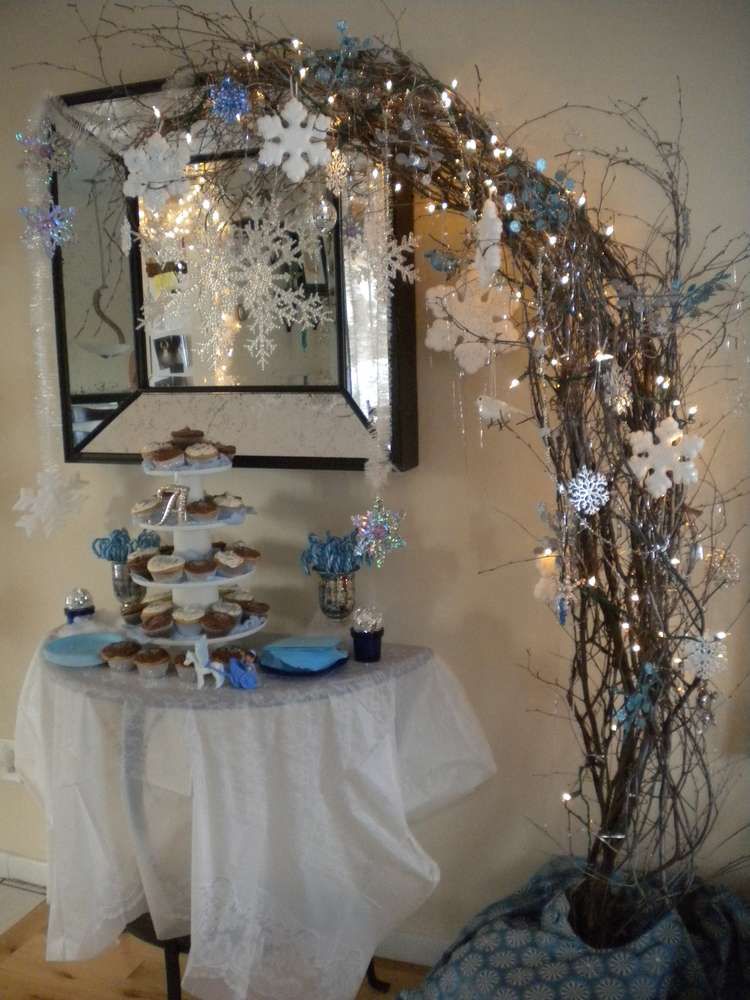
Despite all the difficulties of construction, such a room will become an excellent place for relaxation and a favorite room for the whole family, as you can see by looking at the photo of the winter garden
Location on the roof of a country house
The winter garden on the roof of a private house is ideal for small plots of land where there is no space for an extension or an individual pavilion. As a rule, such a room has impressive dimensions, which allows you to equip a real oasis with separate zones. In expensive and luxurious apartments, a glass dome roof is equipped, on a solid frame, which will bring conditions as close as possible to natural ones. In more budgetary options, only part of the walls are made of transparent material.
Winter garden
Not every person decides to make a winter garden with his own hands in a country house or in a city apartment. Only a few can independently, along with indoor plants, organically fit a winter garden into the space of their home.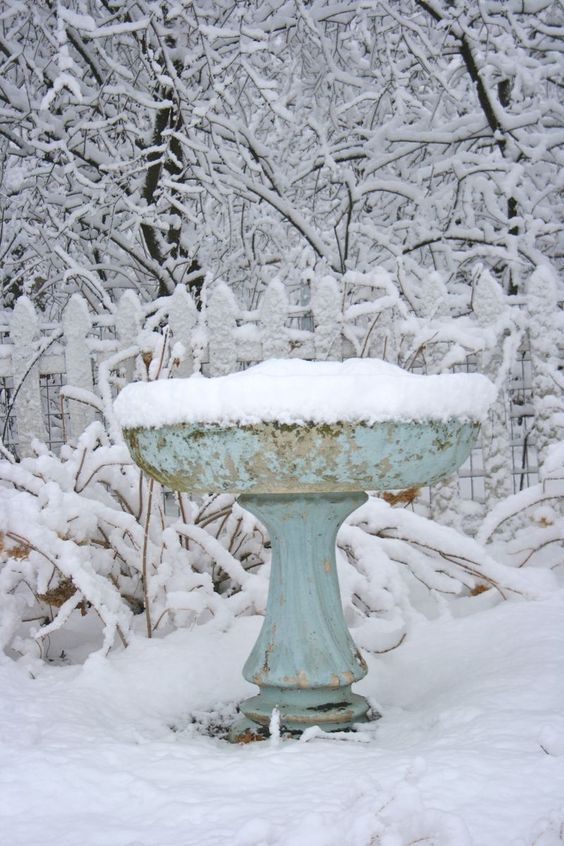 If we put aside laziness and fear of creating something new, then any person, whether in an apartment, or on a balcony, or in a country house, can personally create a winter garden. Undoubtedly, this will require some time and money, but how relatives and guests will be pleasantly surprised when they see such a miracle. In the Russian expanses, the first fashion for winter gardens arose during the reign of Peter the Great.
If we put aside laziness and fear of creating something new, then any person, whether in an apartment, or on a balcony, or in a country house, can personally create a winter garden. Undoubtedly, this will require some time and money, but how relatives and guests will be pleasantly surprised when they see such a miracle. In the Russian expanses, the first fashion for winter gardens arose during the reign of Peter the Great.
This idea was brought to him from abroad, where the fashion for natural greenhouses in palaces already existed. It was under him that the first winter gardens appeared in the cold and rainy, snowy and frosty, at that time, capital of Russia. The gardens of that time were plantations of pineapples or apricots, oranges or orchids, oranges or various exotic plants. The size of the winter garden will depend on the area of \u200b\u200bthe dwelling and the possibility of financial costs to create this miracle. Winter garden, in other words, you can call any variants of plants that grow compactly in an artificial environment. The winter garden includes an ordinary flower garden located on the balcony of a panel house, as well as an extension in a country house where green spaces are located.
The winter garden includes an ordinary flower garden located on the balcony of a panel house, as well as an extension in a country house where green spaces are located.
Creating a winter garden with your own hands, you need to remember about the problems that a person will face. First of all, this is plant care. After all, the purchase and arrangement of a place for green spaces is the initial stage. All plants require regular maintenance. In addition, you need to have sufficient information about the plants that we are going to grow in our garden (growing conditions, courtship process, top dressing ...), possible symbiosis and biological incompatibility of plants with each other. In addition, if there are allergic people among family members, then one should not forget about the negative effects of plants on them, as well as whether these plants are toxic or not, safe for the human body, whether they will have a negative effect on family members, etc. etc. If you do not take into account all the factors, and there may be much more of them than those listed above, then after 2-3 months we will bitterly part with plant pots or tubs, thereby violating the entire integrity of the interior of the winter garden.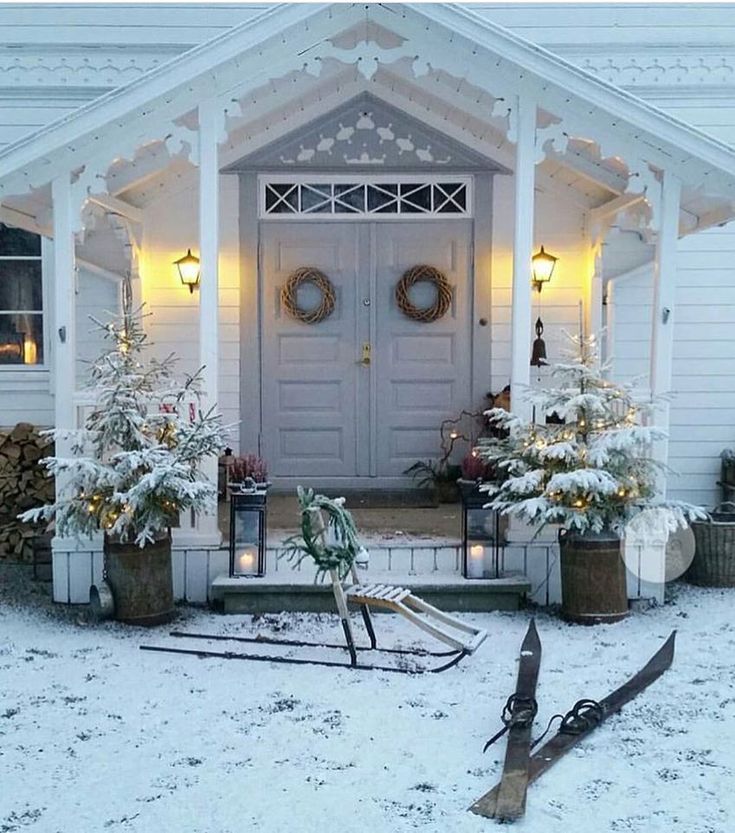 And this may entail the replacement of the lighting system in the winter garden and the plant watering system. It is for these reasons that even before the design and construction of winter fat itself, it is necessary to carefully approach the issue of choosing plants.
And this may entail the replacement of the lighting system in the winter garden and the plant watering system. It is for these reasons that even before the design and construction of winter fat itself, it is necessary to carefully approach the issue of choosing plants.
Winter garden in the house
Despite the rather impressive financial costs, the result of creating such a garden is worth it. This option is much more convenient and profitable compared to apartments. We can make it in a glazed veranda on the plot or build an extension to the house, separate one of the rooms separately. What do we need to build a winter garden in a private house. In the room where the garden will be located, it is necessary to think over the heating system, the temperature regime for each plant must be at a certain level. In addition, it is imperative to remember about the humidity in the room, as well as lighting. For many plants, it is necessary to create certain conditions for humidity and light.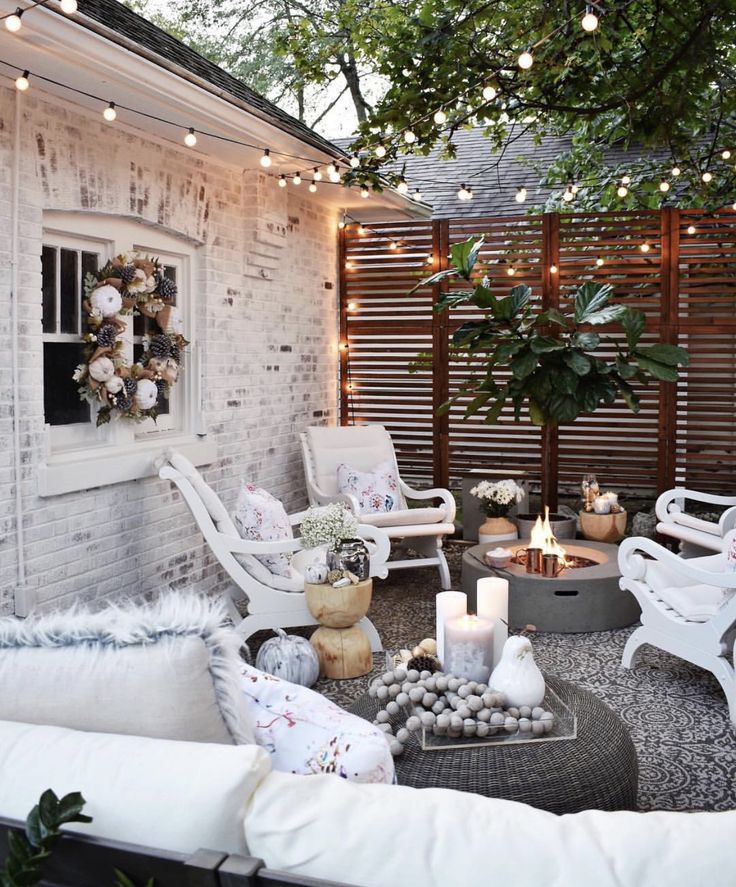 In addition, technological support in the winter garden is also necessary, and these are air humidifiers and temperature sensors, ultraviolet radiation lamps and equipment that is designed for irrigation. For example, tropical and subtropical plants must be isolated by creating a special partition from the rest of the living space in the building. Not always a Russian person lives in a microclimate to which these plants are accustomed. To grow this type of plants, a winter garden for them must be created on the southeast side of the building. The structure itself is made of wood or aluminum. Its weight will be small.
In addition, technological support in the winter garden is also necessary, and these are air humidifiers and temperature sensors, ultraviolet radiation lamps and equipment that is designed for irrigation. For example, tropical and subtropical plants must be isolated by creating a special partition from the rest of the living space in the building. Not always a Russian person lives in a microclimate to which these plants are accustomed. To grow this type of plants, a winter garden for them must be created on the southeast side of the building. The structure itself is made of wood or aluminum. Its weight will be small.
Do-it-yourself winter garden in the apartment
In order to create a winter garden in the apartment, it is not enough to have only a desire, you also need free space. No additional construction work will be required if the heating in the dwelling functions well, the windows are perfectly insulated. Each person chooses the interior of the future winter garden independently, taking into account their wishes and preferences.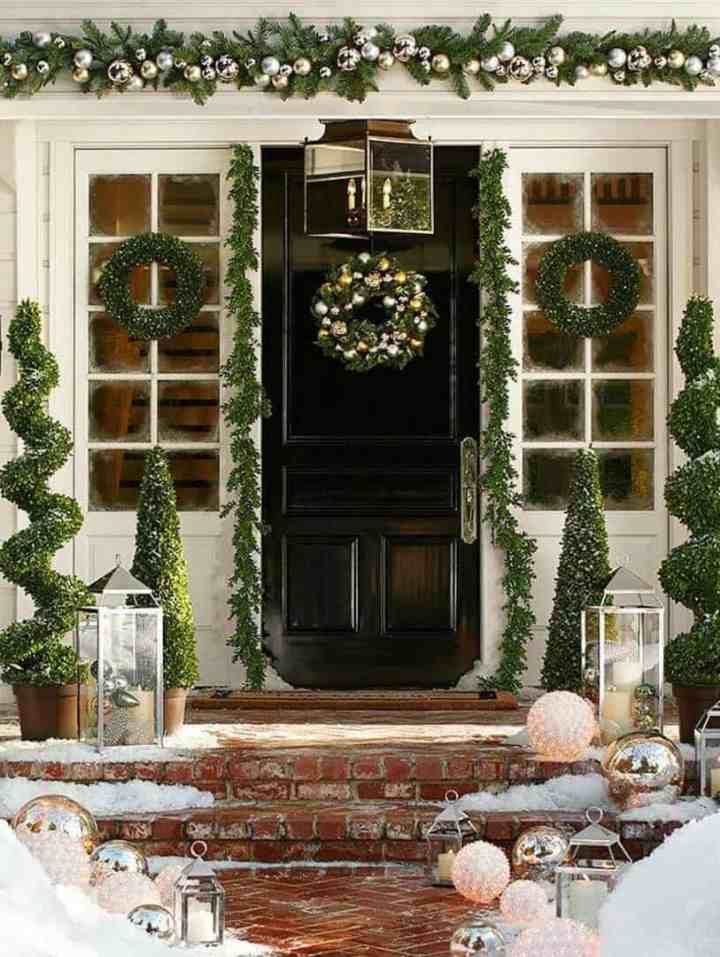 It should not be forgotten that in order to grow intoxicating plumeria or harmful ficus, poisonous oleander, special conditions are necessary in the winter garden, and the owner of this garden will be fully responsible for the safety of his family members. Also, one should not forget that living in such a room where additional heating is carried out, additional lighting is impossible. You can stay in it for a certain time, sitting in an armchair to dream about exotic islands, the warm climate of the paradise islands. As one of the many options for a winter garden in an apartment - a Japanese-style garden.
It should not be forgotten that in order to grow intoxicating plumeria or harmful ficus, poisonous oleander, special conditions are necessary in the winter garden, and the owner of this garden will be fully responsible for the safety of his family members. Also, one should not forget that living in such a room where additional heating is carried out, additional lighting is impossible. You can stay in it for a certain time, sitting in an armchair to dream about exotic islands, the warm climate of the paradise islands. As one of the many options for a winter garden in an apartment - a Japanese-style garden.
You can make your own winter garden on the balcony. This option will require quite impressive cash costs, but the losses for others, households will decrease significantly. Some designers, for arranging a winter garden, propose to combine two zones: a loggia with an adjoining, to the last, room. This is not always convenient. A plus is the common heating system for the winter garden.